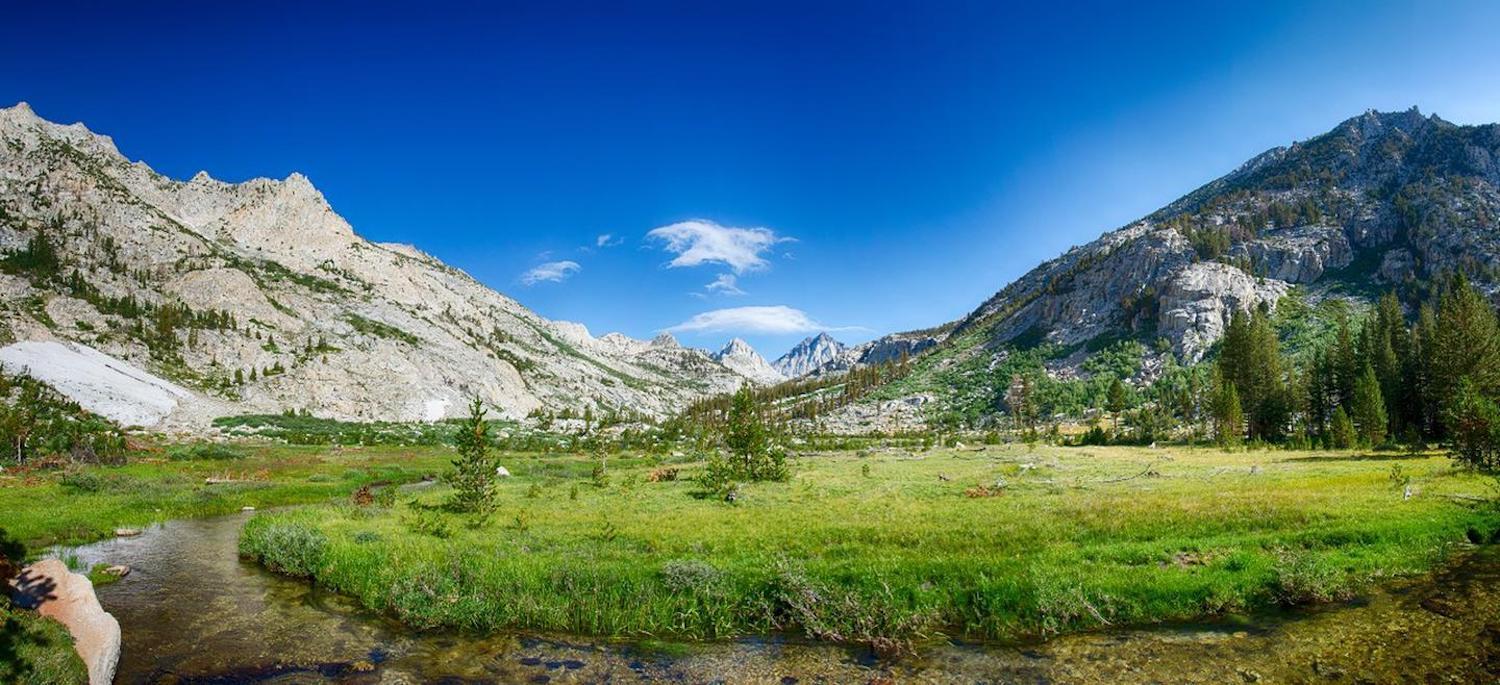
A congresswoman from California wants to create a 1.4-million-acre Range of Light National Monument between Yosemite and Kings Canyon national parks/USFS
Legislation Calls For Range Of Light National Monument
By Kurt Repanshek
Two Democratic congressmen from California are pushing to see 1.4 million acres that lie between Yosemite and Kings Canyon national parks moved from the U.S. Forest Service and U.S. Bureau of Land Management to the National Park Service and recognized as the Range of Light National Monument.
“The Sierra Nevada is an important part of our American Heritage. Its lands contain half of California’s native plant species, including the iconic Giant Sequoia, and other rare and endangered wildlife, while its three major watersheds provide drinking water for millions of people. It’s unacceptable that extractive industries, roads, and wildfires have placed these treasured lands at great risk, severely degrading some areas already,” said U.S. Jackie Rep. Speier after introducing the bill last week.
“Designating 1.4 million acres of land between Yosemite and Kings Canyon as a national monument will be critical to supporting President Biden’s plan to protect 30 percent of public lands by 2030 and will also ensure that the public can continue to enjoy these lands for generations to come,” she said.
Joining Speier in sponsoring the legislation was Congressman Jerry McNerney.
The Traveler explored such a national monument in October 2021. At the time Deanna Lynn Wulff, who was behind the campaign to transfer much of the Sierra National Forest to the National Park Service, said such a move would "restore the forest to its former glory, stop commercial logging of our last living trees. And would create a recreational paradise for people, and a wildlife refuge for all of those species out there that need it."
The legislation being carried by Speier and McNerney would move all of the Sierra National Forest and the San Joaquin Gorge managed by the BLM into the proposed monument. Such a move would benefit wildlife through greater connectivity, "preserve, protect, and restore watersheds, including meadows, above ground tributaries, springs and groundwater, and surface waters that contribute to the San Joaquin, Kings, and Merced Rivers," and "provide environmentally responsible, well-managed recreational opportunities and spaces for people to connect with nature," her legislation says.
The legislation also calls for livestock grazing to be phased out as permits expire, and would restrict motor vehicles to roads designated for them. Commercial timber production also would end under the measure.
As the Traveler noted a year ago, stitching together Yosemite, a Range of Light National Monument, Kings Canyon National Park, and Sequoia National Park would create a greatly protected ecosystem almost as large as Death Valley National Park, which is nearly 3.4 million acres.
Dr. Stuart Pimm, an expert on global patterns of habitat loss and species extinction based at Duke University, told the Traveler a year ago that while national forest designation offers some protection for the land and waters within the Sierra National Forest, it doesn't go far enough. The Forest Service, he pointed out, is in the business of multiple use.
"The major predators, the bears, pumas, wolves, species like that, need to be able to roam across very extensive landscapes," said Pimm. "In this particular case, you might think it's already national forest land, so what's the point of making it a national monument? Well, I think the simple answer to that is that national forests, for whatever reason, are multiple use, there is a strong component of forest exploitation within national forests. And that often leaves the forest being fragmented, it often leads to them being degraded. This would be a way of greatly improving the forest protection and bringing them back to old-growth forest, rather than forests that are constantly being logged."



Comments
The article says that livestock grazing and logging and off road vehicle use would be ended. As a monument, hunting would still be allowed. Monument status would still allow traffic on roads, both emergency vehicles and civilian ones.
Well, Rules Committee, what's the word. Thumbs up or down === are fire roads obliterated from a national monument?
Same with hunting - is it forbidden or not? Should be easy answers.
Unfortunately Rick, its not an easy answer. The Antiquities Act falls short of any specific dos and don'ts. It alllow the President to designate National Monuments but doesn't specify the protections thereby afforded. Therefore it is left up to the bureaucratic state to act as legislator, executor and judge. Must they shut the roads and stop hunting? No. Could they? Yes. There in lies Chris's concerns.
Katahdin Woods and Waters National Monument in Maine is split about 50-50 between an area that allows hunting and one where it is banned. Also, it allows an existing snowmobile connecting trail to remain in use but bans other off-road motorized use. This was done in the presidential proclamation creating the monument. Congress could do the same thing here.
https://obamawhitehouse.archives.gov/the-press-office/2016/08/24/preside...
This really should be a new national park. Maybe in the future. In the meantime, a national monument would provide strong protection if it is under the National Park Service, so this would be a very positive step.